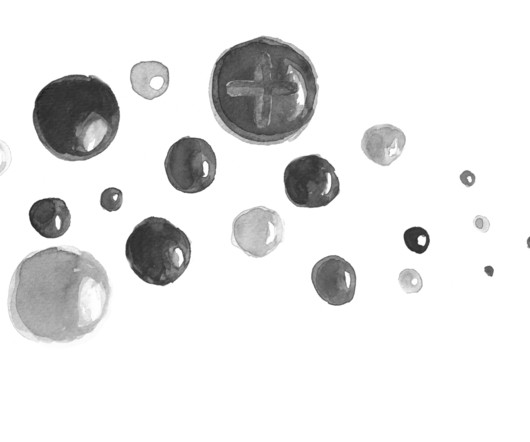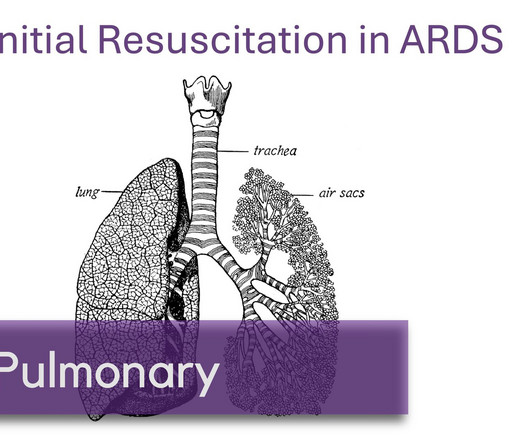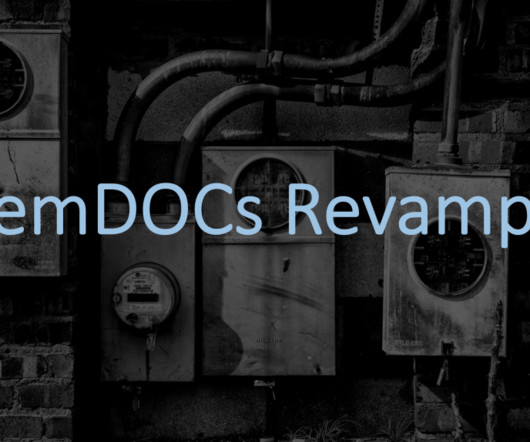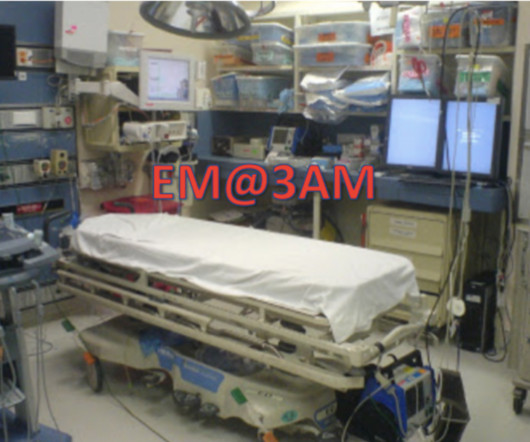But Can You Just PO?
Taming the SRU
DECEMBER 17, 2024
This article serves to briefly discuss IV fluids administration in the ED and the instances where they are not indicated. Other conditions that lead to intravascular fluid depletion include but are not limited to starvation/dehydration, vomiting, diarrhea, burns/trauma, hyperglycemia, and hemorrhage.





















Let's personalize your content